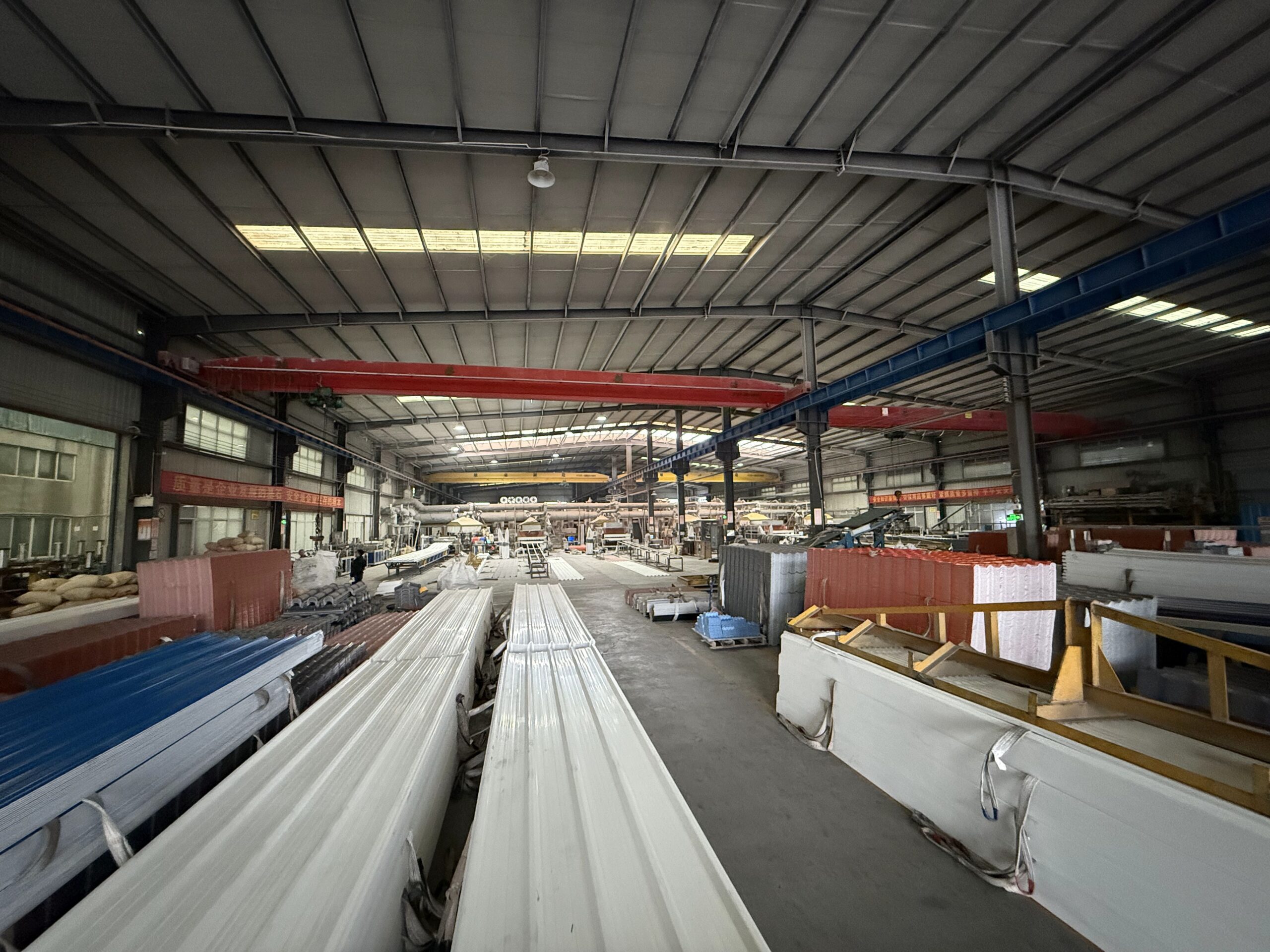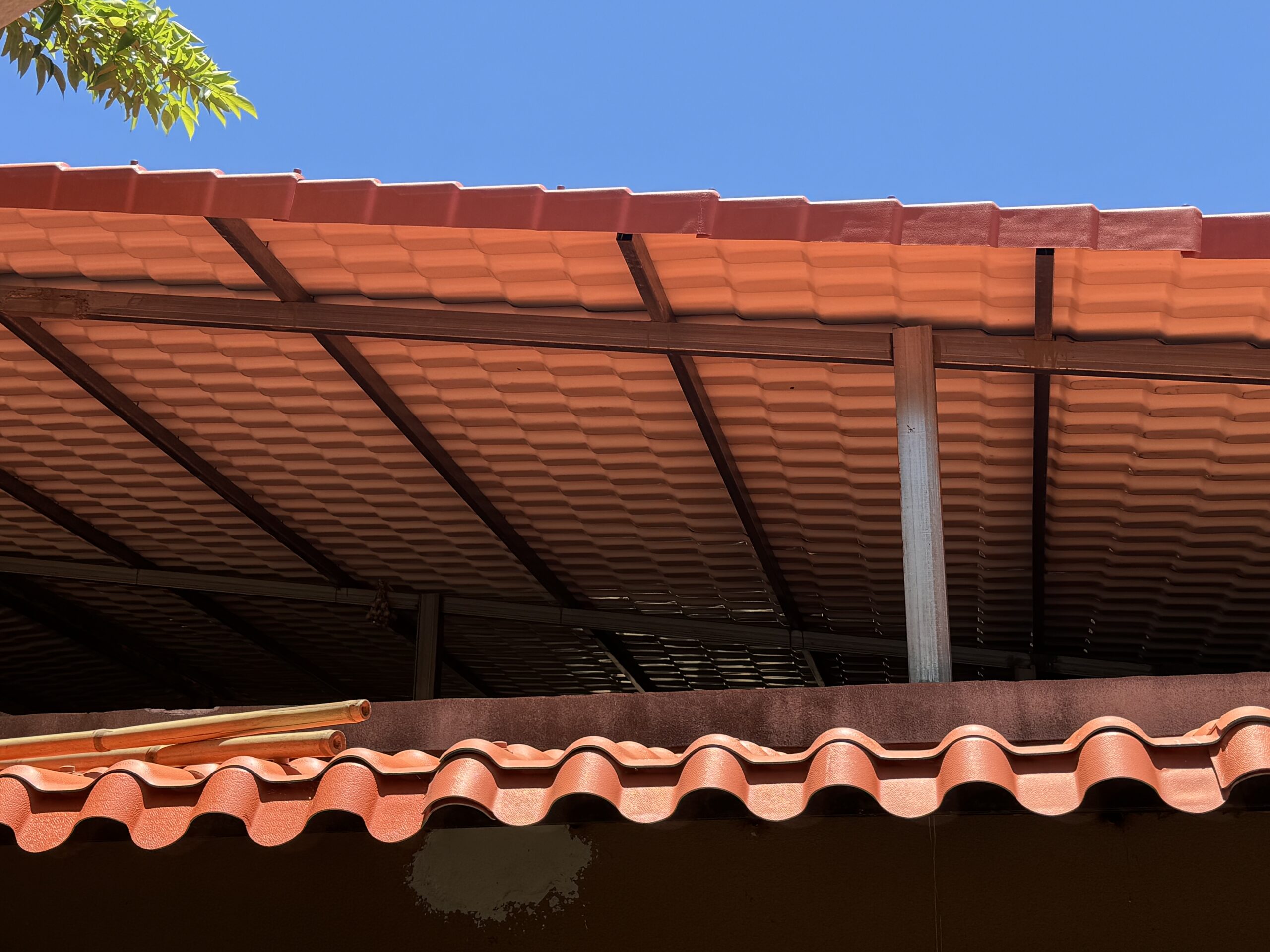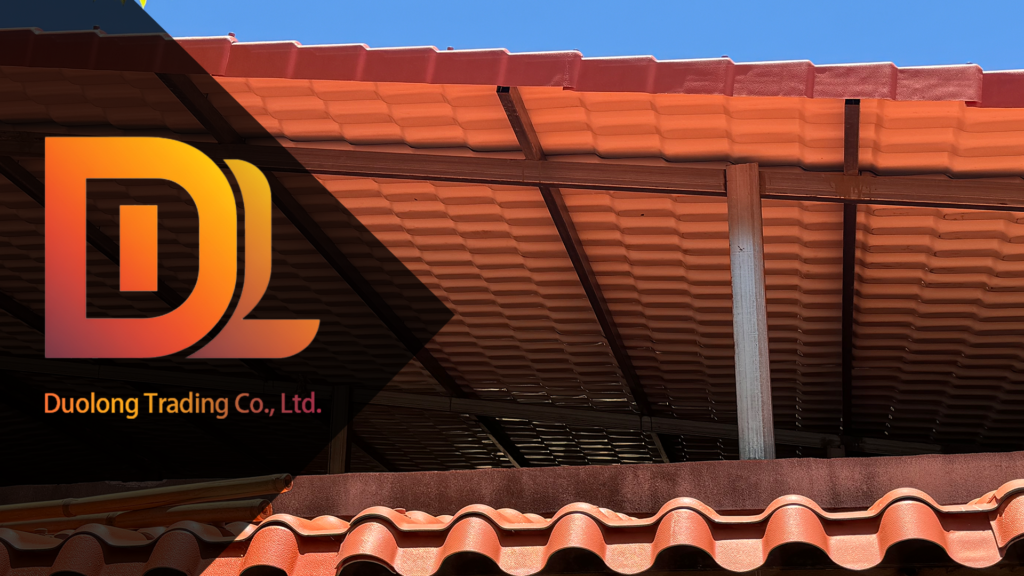In coastal and industrial environments, corrosion is more than just an aesthetic issue—it’s a serious threat to building safety and operating costs. Metal roofs, while widely used, are especially vulnerable to rust when exposed to salty air, industrial fumes, moisture, or chemical gases. Over time, corrosion leads to cracks, leaks, structural damage, and frequent maintenance, all of which raise the total cost of ownership. For factories, farms, and coastal buildings, choosing the wrong roofing system can mean a constant battle against deterioration. That’s why more project managers, material suppliers, and construction contractors are turning to anti-corrosion roofing solutions like APVC sheets. These materials are engineered to resist harsh environments, extend service life, and reduce long-term expenses—making them a smart investment, not a luxury.

What Is Anti-Corrosion Roofing? A Practical Definition for Buyers
Anti-corrosion roofing refers to roofing systems that are specifically designed to resist degradation caused by chemical reactions with moisture, salt, acid, alkali, or industrial pollutants. These materials prevent rusting, oxidation, and chemical erosion, making them ideal for environments where traditional metal roofs fail quickly.
Among the popular choices, APVC (Aluminum-Plastic Composite PVC) roofing sheets are gaining attention for their cost-effectiveness and durability. Built with a multi-layer structure—typically featuring an anti-UV top layer, a reinforced core, and a corrosion-resistant base—APVC sheets offer a smart alternative to galvanized or color-coated steel tiles. Unlike metal, APVC does not rust, requires minimal maintenance, and provides better thermal insulation. It is especially suitable for projects where corrosion, heat, and noise are critical factors.
For buyers, especially those in coastal factories, chemical warehouses, or livestock operations, understanding the material properties of APVC can make a significant difference in long-term performance and return on investment.
Where It Matters Most: Industries and Environments That Demand Corrosion Resistance
Not all buildings face the same environmental threats, which is why anti-corrosion roofing is especially critical in certain industries and locations. Here are the most common environments where corrosion-resistant roofing like APVC is not just beneficial—it’s essential.
Coastal factories and storage facilities are constantly exposed to salt-laden air, which accelerates the corrosion of metal surfaces, especially roofing. In such areas, metal tiles often develop rust stains and structural weaknesses within just a few years.
Chemical plants and warehouses release acidic vapors and gases during production and storage. These airborne chemicals can severely erode unprotected metal roofs, causing leaks and safety hazards.
Livestock farms and poultry houses generate large amounts of ammonia and moisture, creating a highly corrosive environment. Roofs made of standard metal sheets often fail to withstand the constant exposure to animal waste and humidity.
Tropical and rainy regions also pose challenges. High humidity levels and frequent rainfall create ideal conditions for corrosion, especially when combined with heat and poor ventilation.
In all these scenarios, APVC roofing provides a stable, non-reactive surface that maintains structural integrity and extends roof life—offering peace of mind for owners and contractors alike.

Why APVC Roofing Outperforms Metal in Harsh Conditions
When choosing roofing for high-risk environments, decision-makers often compare APVC with metal sheets such as galvanized steel or color-coated tiles. While metal roofing may offer initial strength, it quickly loses that advantage under corrosive conditions. APVC, in contrast, is engineered for long-term resilience. Here’s how they compare:
Corrosion Resistance: Metal roofs are prone to rust, especially near the coast or in chemical environments. Even with protective coatings, the metal substrate eventually degrades. APVC, made of non-metallic polymer materials, does not rust or oxidize, even after years of exposure to salt, acid, or moisture.
Cost Efficiency Over Time: Although the upfront cost of APVC may be comparable or slightly higher, it saves money over the long run. Metal roofing requires frequent maintenance, repainting, or early replacement due to corrosion, while APVC remains stable with minimal upkeep.
Maintenance and Safety: Corroded metal can become sharp, brittle, and hazardous to workers during repair or inspection. APVC, being lightweight and chemically stable, reduces risk during installation and long-term use.
Thermal and Acoustic Performance: Metal roofs tend to absorb and transfer heat, creating uncomfortable indoor temperatures. They also amplify rainfall noise. APVC’s layered construction offers better insulation and noise reduction—ideal for factories, farms, and facilities with personnel inside.
In short, APVC roofing not only avoids the weaknesses of metal, but brings added value in insulation, safety, and longevity—making it the more cost-effective choice for demanding environments.

Real-World Insight: Why More Industrial Projects Are Switching to APVC
Across coastal and industrial markets, buyers are increasingly abandoning traditional metal roofing in favor of APVC sheets—and the reasons go beyond just anti-corrosion performance.
Cost predictability is a key factor. For industrial builders and factory owners, maintenance costs are often underestimated during initial planning. However, once metal roofs begin rusting or leaking within a few years, repair and repainting budgets spiral out of control. APVC roofing, with its stable performance and low upkeep, helps buyers better predict long-term operational costs.
Sustainability goals also play a role. Many companies are shifting toward greener construction materials that reduce environmental impact and extend product lifespan. Unlike metal, APVC does not require regular repainting or chemical anti-rust treatments—making it a cleaner, more sustainable option.
In our experience working with clients across Southeast Asia, the Middle East, and Africa, project contractors and importers are selecting APVC for logistics centers, seafood processing plants, poultry farms, and chemical warehouses. Their feedback consistently highlights:
- Less corrosion-related downtime
- Easier on-site installation
- Reduced long-term maintenance budgets
In these industries, the roof is not just a cover—it’s an asset that protects inventory, equipment, and people. APVC is proving to be the reliable, long-term solution many have been waiting for.
Choosing the Right Roofing for Your Environment Isn’t Optional
For buildings located in corrosive environments—whether near the ocean, inside chemical zones, or in humid agricultural regions—roofing is not a secondary consideration. It directly impacts the building’s longevity, safety, and operational costs.
While metal roofing may seem like the conventional choice, it often fails to deliver long-term value in harsh conditions. APVC anti-corrosion roofing, on the other hand, provides a practical, proven alternative. It resists rust, reduces maintenance, improves thermal comfort, and ultimately protects your investment.
For material distributors, project contractors, and importers who serve demanding industries, offering or specifying APVC roofing can significantly improve client satisfaction and project ROI. It’s no longer just an upgrade—it’s the smarter standard.


